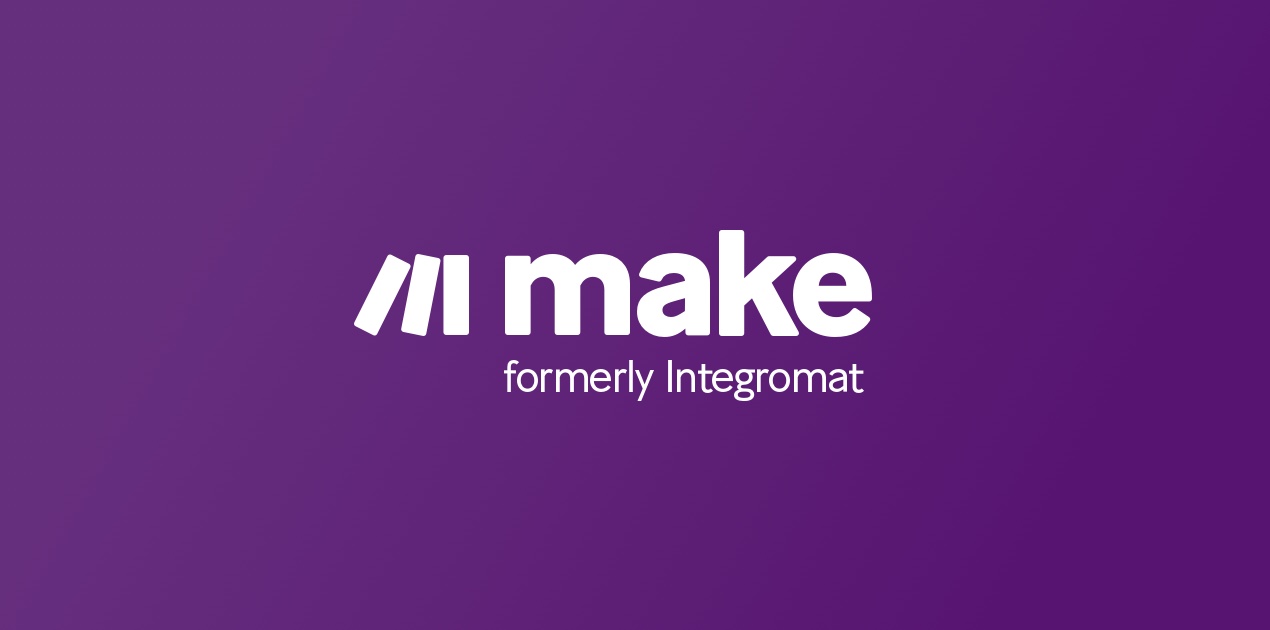In the ever-evolving technology landscape, foundational advancements are often observed in the tech forums. One such intriguing update has emerged in the form of a new feature in the OpenAI API: the addition of functionality to force function calls via ‘tool_choice: “required”‘. This new feature is worth dissecting not only because it refines the usage of function calls in OpenAI’s toolset, but also because it sets a precedent for advancements in AI conversation models that OpenAI is pioneering.
In order to explore this feature comprehensively, let’s divide our deep dive into coherent sections: the functionality, implications, and potential use cases.
## Functionality of the New API Feature
Let’s begin by understanding the functionality. There’s a logic to OpenAI’s decision, adding this feature into their Chat Completions and Assistants API. The new feature comes to play when the developer sets the ‘tool_choice’ parameter to “required”. In concise terms, the model is forced to call one of the functions provided by the developer in the ‘tools’ parameter.
For folks who are new to OpenAI’s Chat Completions API, tools is a list of function definitions that the model can “call” during the conversation. Each function is defined as a dictionary that includes a function name and its definition. The ingenious aspect about this is that the AI does not truly execute the code, instead, it generates a response intelligently as if the function has been executed, enhancing the level of interactivity in AI-assisted conversations.
And now, with the new feature, developers have an even greater say in the conversation flow, by requiring the model to call a function when stuff gets serious.
## Implications to Conversations with AI
Next, let’s turn our attention to implications. By setting tool_choice to “required”, developers gain an unprecedented level of control over the generated dialogue flows.
This could significantly ameliorate situations where the developer has critical snippets of information or functionality defined in the tools that they desire to surface in the conversation with the AI. The capability to essentially steer the conversation by forcing the model to call a tool function can illuminate the path towards producing a more precise output.
On the flip side, it is important to remember that the power should be wielded with a sense of responsibility. Forcing function calls, especially repeated ones, will carry the risk of the chat becoming predictable, thereby compromising user engagement. Hence, like many things, it comes with its own set of checks and balances necessary to preserve the balance between engaging conversations and functional utility.
## Potential Use-Cases
Finally, the fun part: potential use-cases.
The feature could change the game for a variety of applications, the prospects are just limited by one’s imagination. It could revolutionize how virtual assistants operate. From ordering your favorite pizza to making a doctor’s appointment, regular tasks can be automated with a simple function call. Another exciting possibility is in the realm of edtech, where interactive learning games could have varied educational function calls embedded within the chat.
In essence, the feature presents a fascinating confluence of function and creativity. It signals yet another leap towards a remarkably conversational, functionally efficient, and fundamentally ‘smart’ artificial intelligence model that’s set to redefine the technological domain. Developers and tech enthusiasts alike have every reason to be excited about exploring this new feature’s full potential.

